Industrial monitors are critical components in various manufacturing, automation, and control systems, providing visual feedback and real-time data monitoring in harsh environments. Selecting the right industrial monitors is essential to ensure optimal performance, durability, and compatibility with specific applications. In this guide, we outline key factors to consider when choosing industrial monitors to meet your operational requirements and maximize efficiency.
Assess the operating environment and application requirements to determine the most suitable industrial monitor type and specifications. Consider factors such as temperature extremes, humidity, dust, vibration, and exposure to chemicals or liquids. Choose monitors with rugged construction and ingress protection (IP) ratings to withstand harsh conditions and ensure reliable performance in industrial settings.
Consider the display technology best suited for your application needs and viewing preferences. Common types of display technologies for industrial monitors include liquid crystal display (LCD), light-emitting diode (LED), organic light-emitting diode (OLED), and touchscreen interfaces. Evaluate factors such as brightness, contrast ratio, resolution, viewing angles, and response time to ensure optimal visibility and readability in diverse operating conditions.
Choose industrial monitors with appropriate sizes and form factors to accommodate space constraints and ergonomic considerations in your industrial environment. Consider factors such as mounting options (wall-mount, panel-mount, rack-mount), enclosure dimensions, and bezel designs to ensure seamless integration with existing equipment and infrastructure.
Assess the connectivity options and compatibility features of industrial monitors to ensure seamless integration with other devices, systems, and communication protocols in your industrial setup. Look for monitors with a variety of input/output ports, such as HDMI, VGA, DVI, USB, Ethernet, and serial interfaces, to facilitate connectivity with computers, controllers, PLCs, and industrial networks.
If touchscreen functionality is required for your application, evaluate the type, sensitivity, and responsiveness of the touchscreen interface. Choose between resistive, capacitive, surface acoustic wave (SAW), or infrared (IR) touchscreen technologies based on your specific operational needs and environmental conditions. Consider additional features such as multitouch capabilities, glove-friendly operation, and support for stylus input.
Prioritize reliability and durability when selecting industrial monitors to minimize downtime, maintenance costs, and operational disruptions. Look for monitors with robust construction, industrial-grade components, and certifications (e.g., NEMA, UL, CE) for reliability, durability, and compliance with industry standards and safety regulations.
Choose industrial monitor suppliers that offer customization options and comprehensive support services to address your specific requirements and technical challenges. Consider factors such as warranty coverage, technical support, software development kits (SDKs), and firmware updates to ensure long-term reliability, compatibility, and performance optimization.
While cost is an important consideration, prioritize overall value and return on investment (ROI) when selecting industrial monitors. Compare prices, features, and capabilities across different suppliers to find the best balance between cost-effectiveness and performance suitability for your industrial applications.
Key factors include environment and application requirements, display technology, size and form factor, connectivity and compatibility, touchscreen and interface, reliability and durability, customization and support, and cost and value.
Common display technologies include LCD, LED, OLED, and touchscreen interfaces, each offering different advantages in terms of visibility, readability, and functionality.
Reliability and durability are crucial for minimizing downtime, maintenance costs, and operational disruptions in industrial environments. Choose monitors with robust construction and industrial-grade components to ensure long-term performance and reliability.
Look for suppliers that offer comprehensive support services, including warranty coverage, technical support, customization options, and firmware updates, to ensure optimal performance and compatibility with your specific application requirements.
By considering these factors and asking relevant questions, you can choose the right industrial monitors that meet your operational needs, enhance productivity, and maximize efficiency in industrial settings.
What questions do you have about industrial monitors? If you’d like more information about the suitable industrial monitor for your business, then contact us to schedule a free assessment.
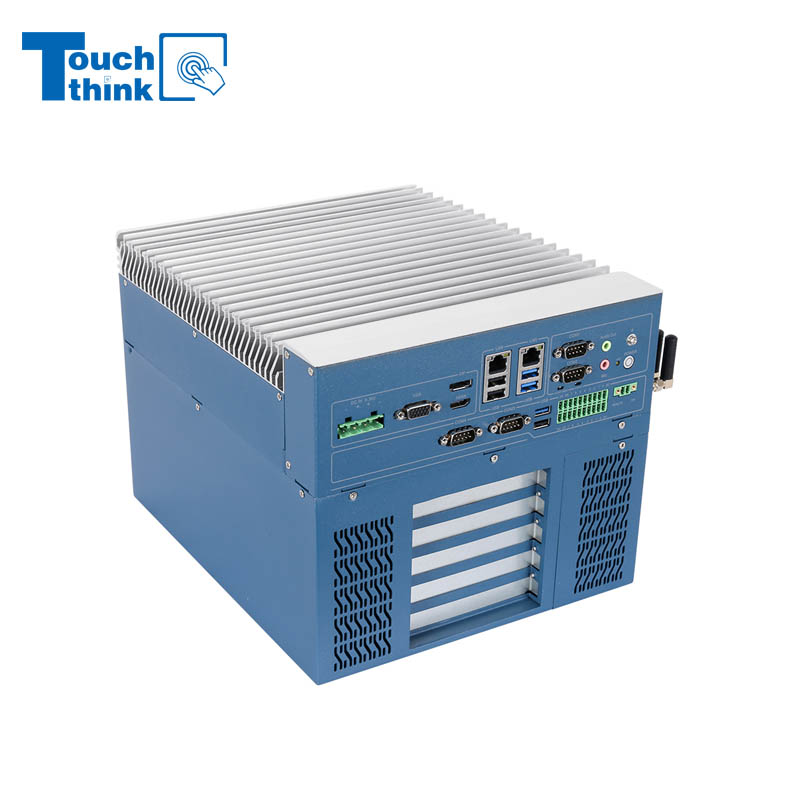
High Expandability Industrial Embedded PC with Expansion Slots PCIex16 PCIex4 9 to 36V Input VIEW MORE
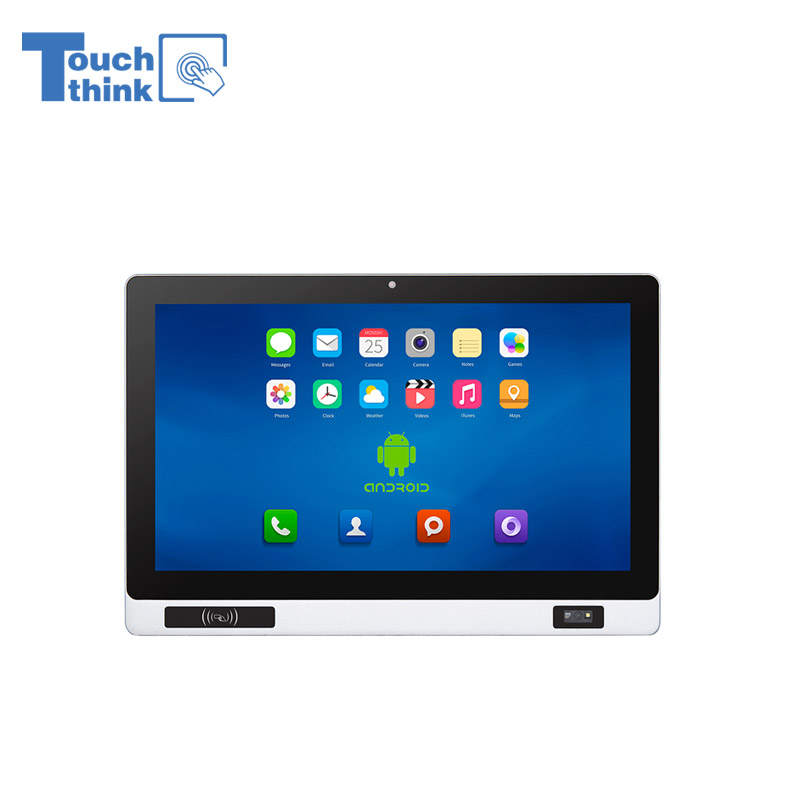
Industrial Panel PC with NFC and QR Code Scanning Functions for Smart Factory VIEW MORE
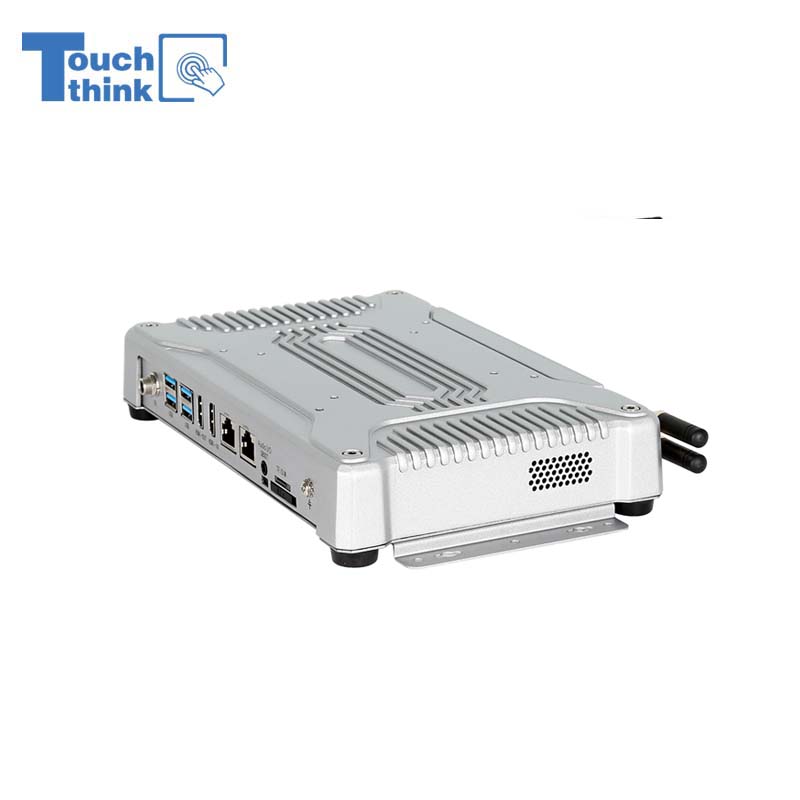
Compact Fanless Industrial Computer with Android 12, 8-Core 64-Bit RK3588 CPU VIEW MORE
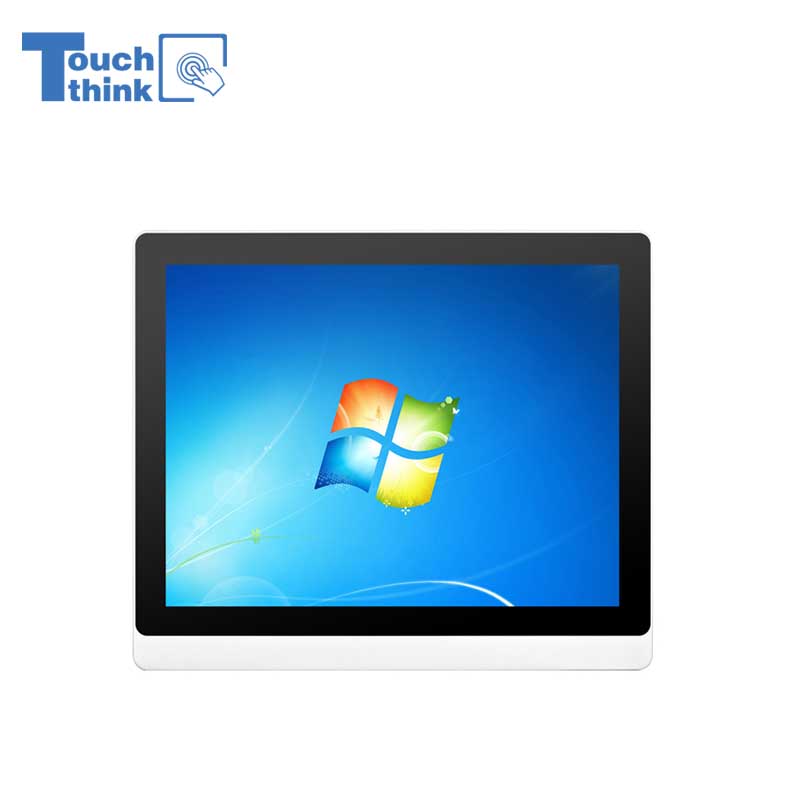
VESA Mount Industrial Touch Panel PC with i3 i5 i7 Processor Desktop Computer 8GB DDR4 128GB SSD VIEW MORE
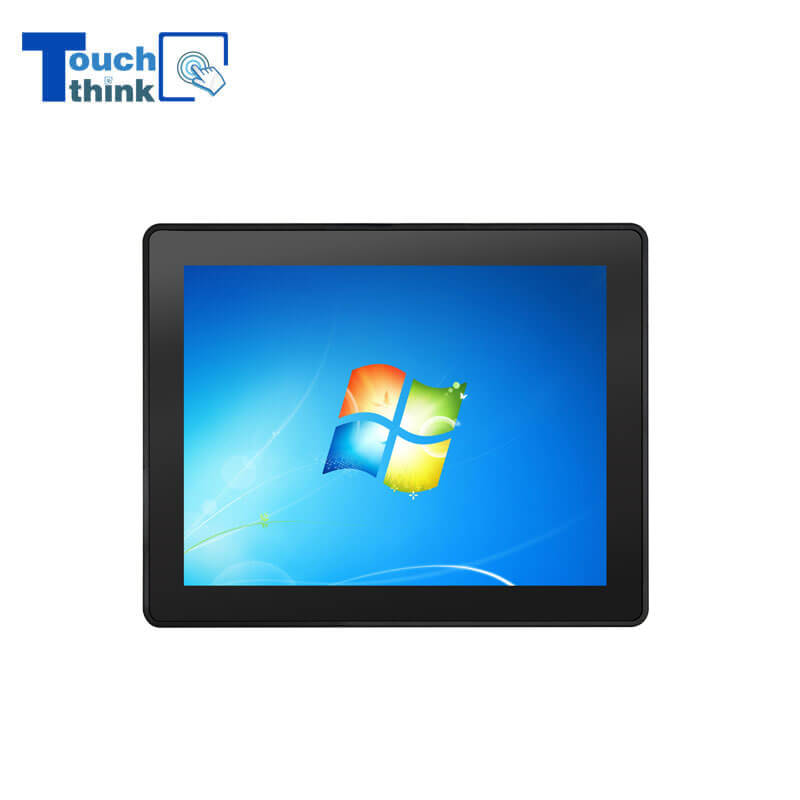
Rugged IP65 Industrial Touchscreen Computer Industrial HMI Panel PC VIEW MORE
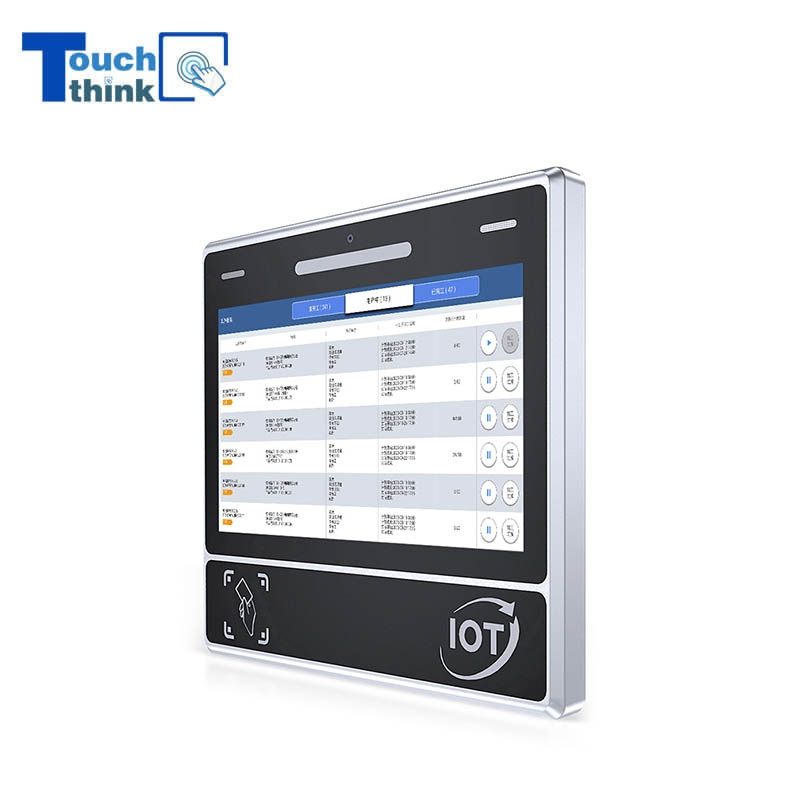
11.6 inch Industrial All-in-one Android Panel PC for Production Line MES Terminal Attendance Machine VIEW MORE
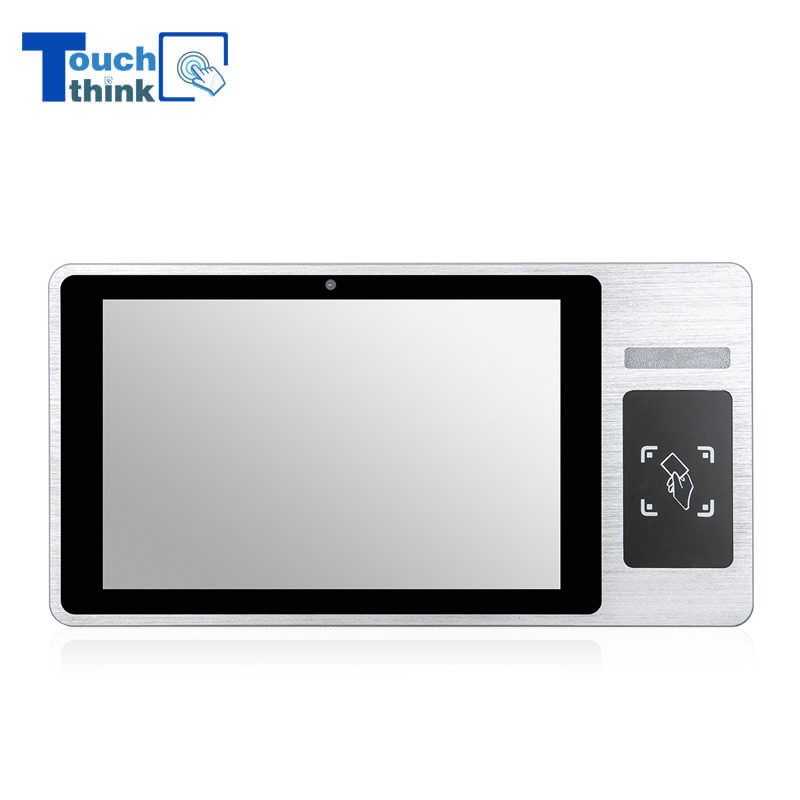
10.1 inch Touch PC-Based MES Hardware Terminals With NFC RFID Card Reader Customized Logo VIEW MORE
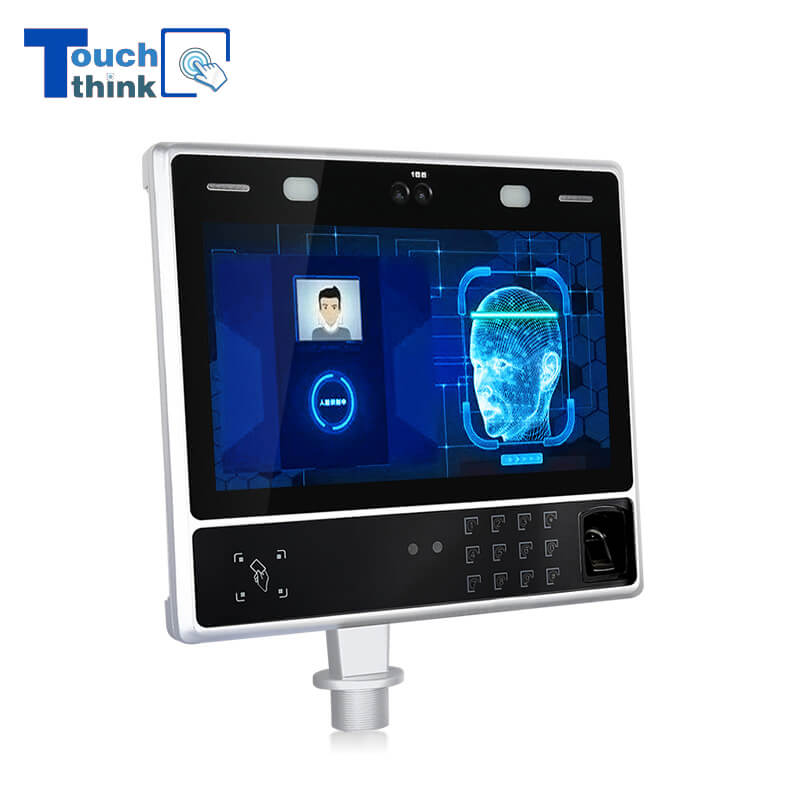
11.6 inch Face Detection Verification For Access Control And Payment System VIEW MORE
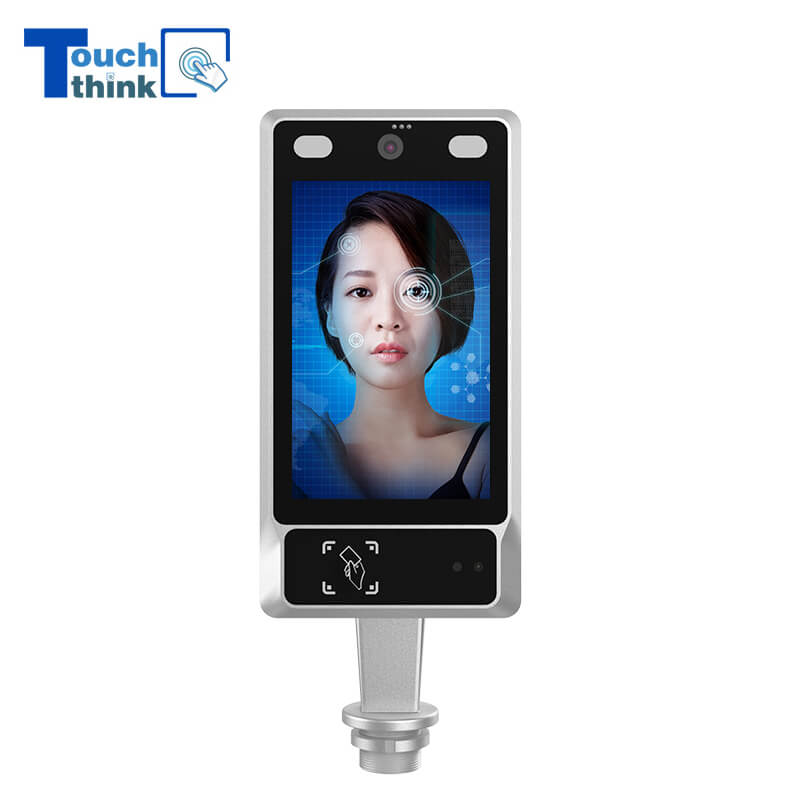
8 inch Facial Recognition Terminal For Turnstile Access Control VIEW MORE
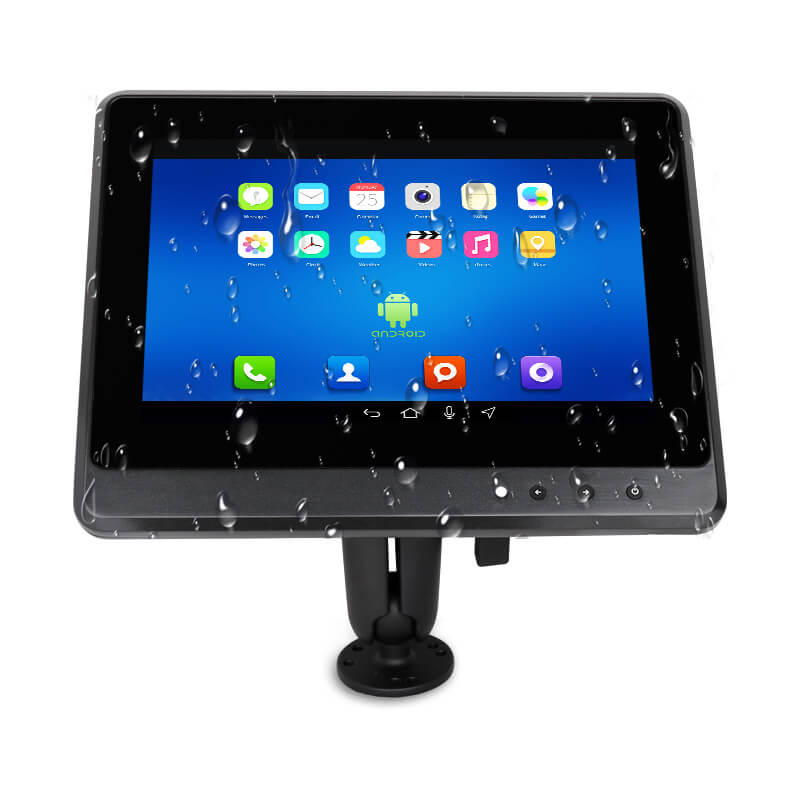
Android In-Vehicle Industrial Panel PC Vehicle AGV Computer VIEW MORE
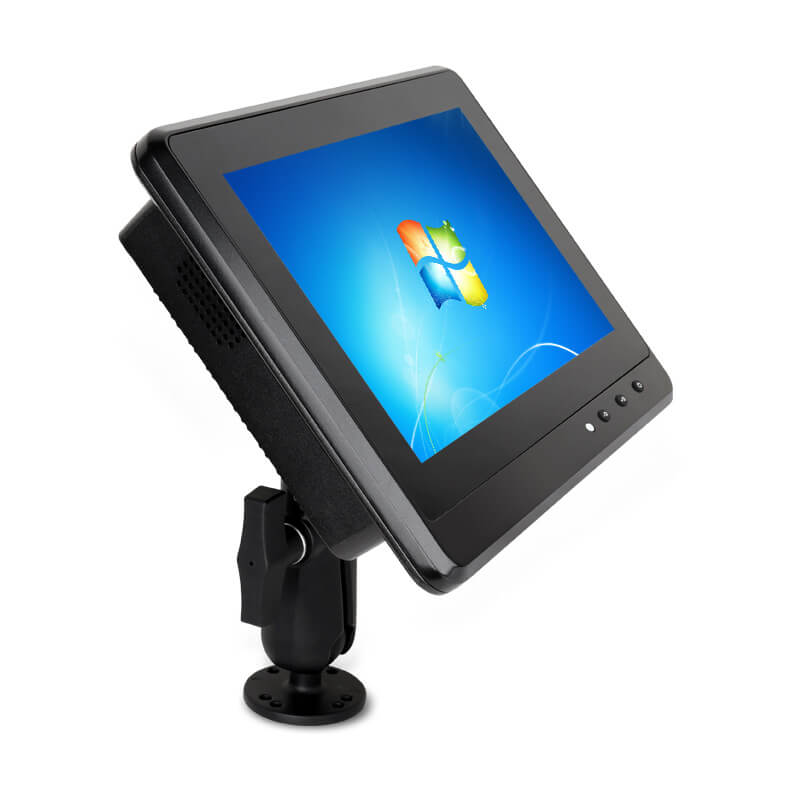
Transportation Panel PC Windows Vehicle Mounted Touch Computers VIEW MORE
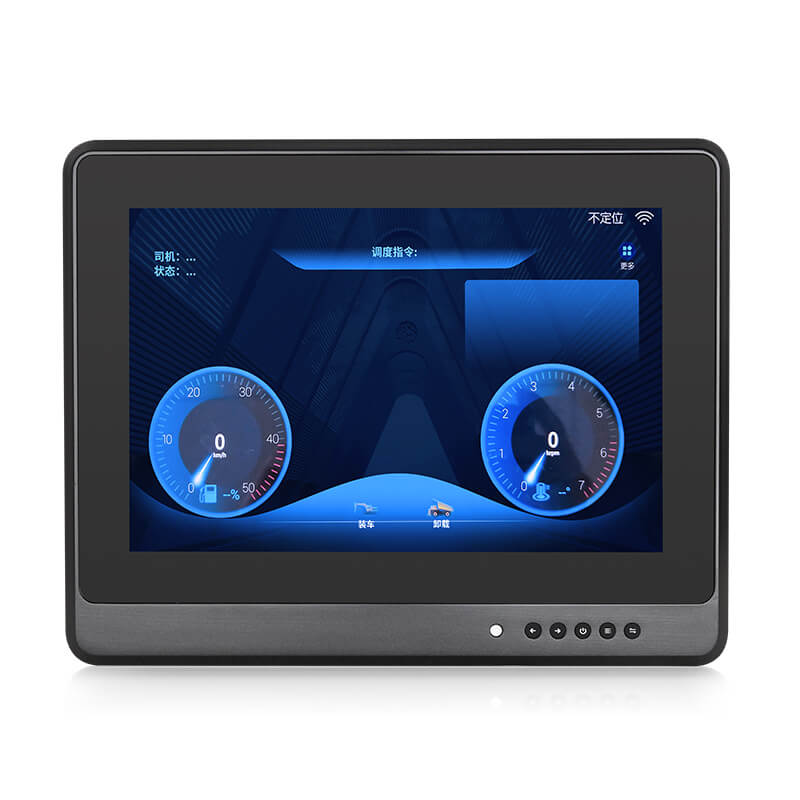
10.1" Vehicle Mount LCD Monitors Vehicle Touch Displays Car Crane Monitor VIEW MORE
Copyright © Shenzhen Touch Think Intelligence Co.,Ltd. All Rights Reserved Update cookies preferences